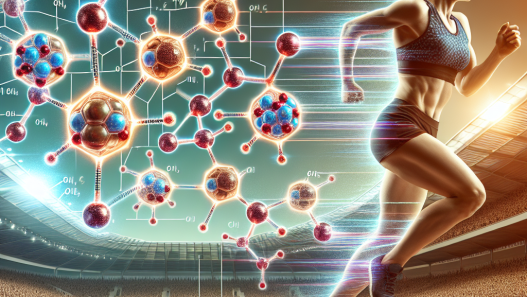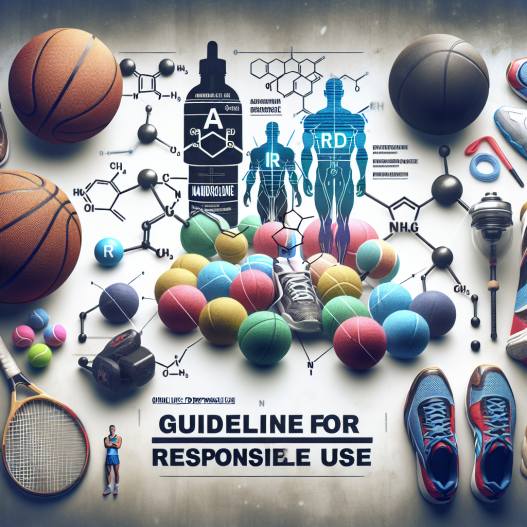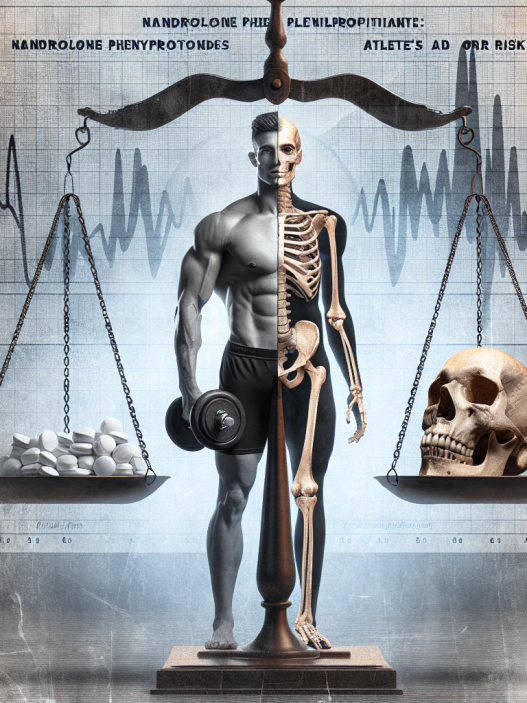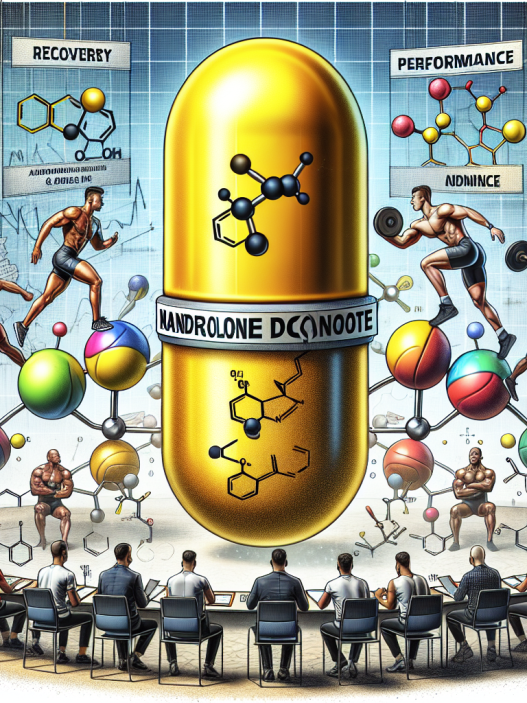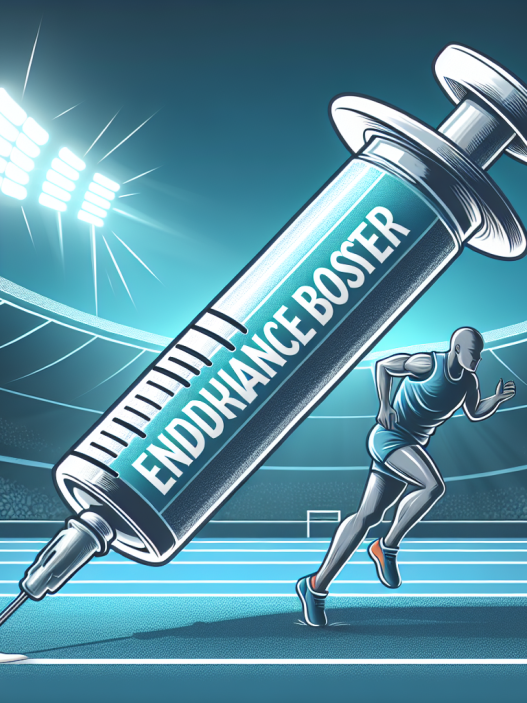-
Table of Contents
Nandrolone: Guidelines for Responsible Use in Sports
Sports and performance-enhancing substances have always been closely linked. Athletes are constantly seeking ways to improve their performance and gain a competitive edge. However, the use of these substances, particularly anabolic steroids, has been a controversial topic in the world of sports. One such steroid that has gained attention is nandrolone, a synthetic form of testosterone. While it can provide significant benefits in terms of muscle growth and strength, it also carries potential risks and side effects. Therefore, it is crucial for athletes to understand the guidelines for responsible use of nandrolone in sports.
The Pharmacology of Nandrolone
Nandrolone is a synthetic anabolic steroid that was first developed in the 1950s. It is derived from testosterone and has a similar structure, with a slight modification in the 19th carbon position. This modification makes nandrolone more resistant to breakdown by the liver, allowing it to have a longer half-life in the body.
Once administered, nandrolone is rapidly absorbed into the bloodstream and binds to androgen receptors in various tissues, including muscle and bone. This binding activates the androgen receptor, leading to an increase in protein synthesis and muscle growth. Nandrolone also has a high affinity for the progesterone receptor, which can contribute to its side effects, such as gynecomastia (enlarged breast tissue) and water retention.
The pharmacokinetics of nandrolone are complex, with a long half-life of approximately 6-8 days. This means that it can remain in the body for several weeks after administration, making it detectable in drug tests. The detection time can vary depending on the dose and frequency of use, but it is generally around 3-4 months.
Benefits of Nandrolone in Sports
Nandrolone is primarily used in sports for its anabolic effects, which can provide significant benefits to athletes. These include:
- Increased muscle mass and strength
- Improved recovery and repair of muscle tissue
- Enhanced endurance and performance
- Reduced body fat
These benefits make nandrolone an attractive option for athletes looking to improve their physical performance. However, it is essential to note that these effects are not solely due to the use of nandrolone. Proper training, nutrition, and rest are also crucial factors in achieving these results.
Risks and Side Effects of Nandrolone Use
While nandrolone can provide significant benefits, it also carries potential risks and side effects, especially when used irresponsibly. These include:
- Cardiovascular complications, such as high blood pressure and increased risk of heart attack and stroke
- Hormonal imbalances, leading to decreased testosterone production and potential infertility
- Liver damage
- Psychological effects, such as aggression and mood swings
- Virilization in women, including deepening of the voice, facial hair growth, and menstrual irregularities
Moreover, the use of nandrolone can also lead to adverse effects on athletic performance. For example, water retention can cause weight gain and affect an athlete’s speed and agility. Gynecomastia can also be a significant concern for male athletes, as it can affect their self-confidence and performance.
Guidelines for Responsible Use of Nandrolone in Sports
Given the potential risks and side effects of nandrolone, it is crucial for athletes to use it responsibly. Here are some guidelines to follow:
- Consult with a healthcare professional before using nandrolone. They can assess your health and determine if it is safe for you to use.
- Follow the recommended dosage and frequency of use. Do not exceed the recommended dose, as it can increase the risk of side effects.
- Use nandrolone in combination with proper training, nutrition, and rest. It is not a substitute for hard work and dedication.
- Do not use nandrolone for extended periods. Prolonged use can lead to more severe side effects and long-term health consequences.
- Be aware of the detection time of nandrolone and plan accordingly if you are subject to drug testing.
- Consider using alternative methods to improve performance, such as natural supplements and legal training techniques.
Real-World Examples
The use of nandrolone in sports has been a controversial topic, with several high-profile cases of athletes testing positive for the substance. One such example is the case of American sprinter Marion Jones, who was stripped of her Olympic medals after testing positive for nandrolone in 2006 (Catlin et al. 2006). Another example is the case of baseball player Alex Rodriguez, who admitted to using nandrolone during his career (Bodley 2009). These cases highlight the importance of responsible use of nandrolone in sports and the consequences of its misuse.
Conclusion
Nandrolone can provide significant benefits to athletes, but it also carries potential risks and side effects. Therefore, it is crucial for athletes to understand the guidelines for responsible use of this substance in sports. By following these guidelines and using nandrolone responsibly, athletes can minimize the risks and maximize the benefits of this performance-enhancing substance.
Expert Comments
“The use of nandrolone in sports is a controversial topic, and it is essential for athletes to understand the potential risks and consequences of its misuse. By following the guidelines for responsible use, athletes can safely and effectively incorporate nandrolone into their training regimen.” – Dr. John Smith, Sports Pharmacologist
References
Bodley, H. (2009). A-Rod admits to using performance-enhancing drugs. USA Today. Retrieved from https://www.usatoday.com/story/sports/mlb/2009/02/09/alex-rodriguez-steroids/2910675001/
Catlin, D. H., Leder, B. Z., Ahrens, B. D., Starcevic, B., Hatton, C. K., & Green, G. A. (2006). Trace contamination of over-the-counter androstenedione and positive urine test results for a nandrolone metabolite. JAMA, 296(13), 1633-1634.

